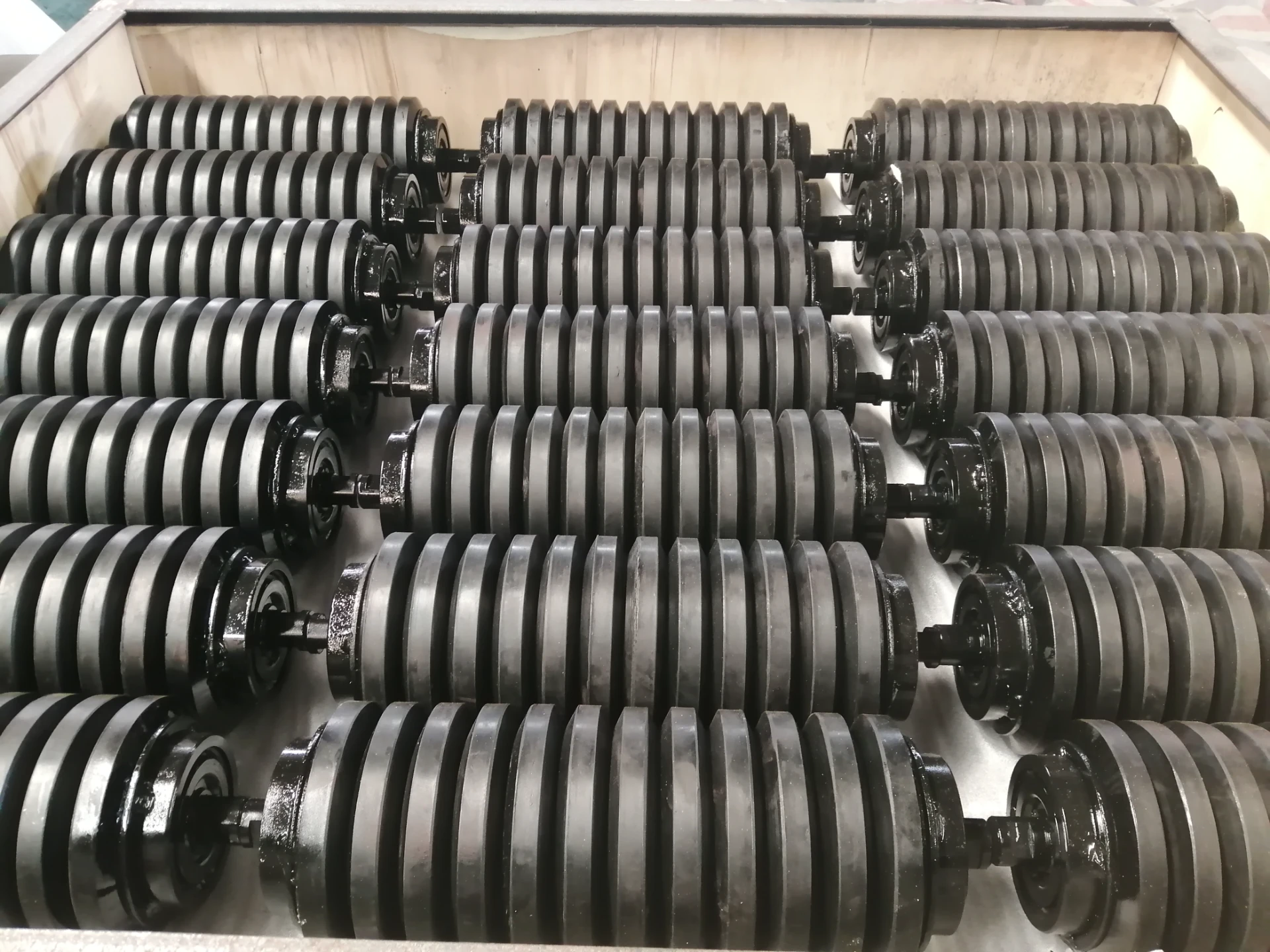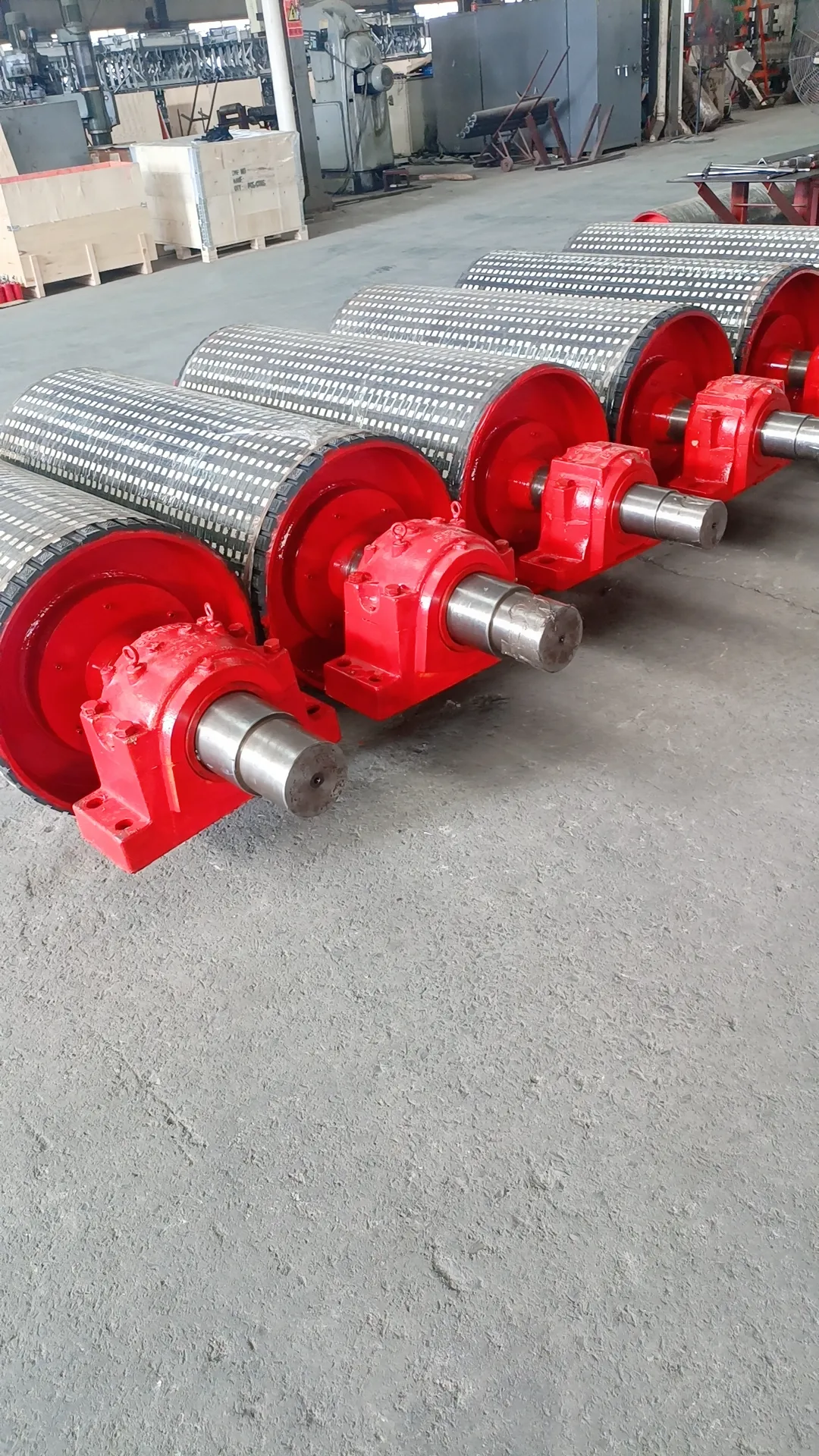 Afrikaans
Afrikaans  Albanian
Albanian  Amharic
Amharic  Arabic
Arabic  Armenian
Armenian  Azerbaijani
Azerbaijani  Basque
Basque  Belarusian
Belarusian  Bengali
Bengali  Bosnian
Bosnian  Bulgarian
Bulgarian  Catalan
Catalan  Cebuano
Cebuano  Corsican
Corsican  Croatian
Croatian  Czech
Czech  Danish
Danish  Dutch
Dutch  English
English  Esperanto
Esperanto  Estonian
Estonian  Finnish
Finnish  French
French  Frisian
Frisian  Galician
Galician  Georgian
Georgian  German
German  Greek
Greek  Gujarati
Gujarati  Haitian Creole
Haitian Creole  hausa
hausa  hawaiian
hawaiian  Hebrew
Hebrew  Hindi
Hindi  Miao
Miao  Hungarian
Hungarian  Icelandic
Icelandic  igbo
igbo  Indonesian
Indonesian  irish
irish  Italian
Italian  Japanese
Japanese  Javanese
Javanese  Kannada
Kannada  kazakh
kazakh  Khmer
Khmer  Rwandese
Rwandese  Korean
Korean  Kurdish
Kurdish  Kyrgyz
Kyrgyz  Lao
Lao  Latin
Latin  Latvian
Latvian  Lithuanian
Lithuanian  Luxembourgish
Luxembourgish  Macedonian
Macedonian  Malgashi
Malgashi  Malay
Malay  Malayalam
Malayalam  Maltese
Maltese  Maori
Maori  Marathi
Marathi  Mongolian
Mongolian  Myanmar
Myanmar  Nepali
Nepali  Norwegian
Norwegian  Norwegian
Norwegian  Occitan
Occitan  Pashto
Pashto  Persian
Persian  Polish
Polish  Portuguese
Portuguese  Punjabi
Punjabi  Romanian
Romanian  Russian
Russian  Samoan
Samoan  Scottish Gaelic
Scottish Gaelic  Serbian
Serbian  Sesotho
Sesotho  Shona
Shona  Sindhi
Sindhi  Sinhala
Sinhala  Slovak
Slovak  Slovenian
Slovenian  Somali
Somali  Spanish
Spanish  Sundanese
Sundanese  Swahili
Swahili  Swedish
Swedish  Tagalog
Tagalog  Tajik
Tajik  Tamil
Tamil  Tatar
Tatar  Telugu
Telugu  Thai
Thai  Turkish
Turkish  Turkmen
Turkmen  Ukrainian
Ukrainian  Urdu
Urdu  Uighur
Uighur  Uzbek
Uzbek  Vietnamese
Vietnamese  Welsh
Welsh  Bantu
Bantu  Yiddish
Yiddish  Yoruba
Yoruba  Zulu
Zulu Feb . 04, 2025 03:03
Back to list
return idler
The world of conveyor systems is vast, and at the heart of its smooth operation lies the unassuming return idler roller. This specialized component is critical in numerous industries ranging from mining to packaging. It's essential to delve deep into the value these rollers bring to conveyor systems and how their design and maintenance can profoundly affect efficiency and reliability.
Authoritative sources within the conveyor belt industry stress the importance of not only considering the initial purchase price of a return idler roller but also evaluating the total cost of ownership. Choosing less expensive components can lead to more frequent replacements or repairs, thus increasing long-term costs. Investing in premium products usually translates into enhanced durability and performance, providing a more economical solution over time. In terms of trustworthiness, companies should source return idler rollers from reputable manufacturers with proven track records. This ensures that the components adhere to international standards and come with reliable support and warranty. Testimonials and case studies from other businesses can also offer invaluable insight into the performance and reliability of a manufacturer’s product. It's worth noting that technological advancements are continually enhancing the capabilities of return idler rollers. Innovations such as self-cleaning designs and built-in sensors for monitoring roller health are increasingly available. These features help in minimizing maintenance needs and increasing conveyor system uptime, offering significant benefits to businesses that rely heavily on conveyor operations. Finally, integrating proper training for staff who operate and maintain conveyor systems is critical. A well-informed team can preemptively address potential issues, ensuring that systems run smoothly and efficiently. This professional expertise combined with high-quality components creates a synergy that maximizes the productivity and reliability of conveyor operations. Return idler rollers may be a small component within the grand scheme of industrial operations, but their significance is formidable. By integrating experience, expertise, and authoritative knowledge in the selection and maintenance of these rollers, businesses can ensure they are trusted and reliable partners in efficient conveyor systems.


Authoritative sources within the conveyor belt industry stress the importance of not only considering the initial purchase price of a return idler roller but also evaluating the total cost of ownership. Choosing less expensive components can lead to more frequent replacements or repairs, thus increasing long-term costs. Investing in premium products usually translates into enhanced durability and performance, providing a more economical solution over time. In terms of trustworthiness, companies should source return idler rollers from reputable manufacturers with proven track records. This ensures that the components adhere to international standards and come with reliable support and warranty. Testimonials and case studies from other businesses can also offer invaluable insight into the performance and reliability of a manufacturer’s product. It's worth noting that technological advancements are continually enhancing the capabilities of return idler rollers. Innovations such as self-cleaning designs and built-in sensors for monitoring roller health are increasingly available. These features help in minimizing maintenance needs and increasing conveyor system uptime, offering significant benefits to businesses that rely heavily on conveyor operations. Finally, integrating proper training for staff who operate and maintain conveyor systems is critical. A well-informed team can preemptively address potential issues, ensuring that systems run smoothly and efficiently. This professional expertise combined with high-quality components creates a synergy that maximizes the productivity and reliability of conveyor operations. Return idler rollers may be a small component within the grand scheme of industrial operations, but their significance is formidable. By integrating experience, expertise, and authoritative knowledge in the selection and maintenance of these rollers, businesses can ensure they are trusted and reliable partners in efficient conveyor systems.
Next:
Latest news
-
Revolutionizing Conveyor Reliability with Advanced Rubber Lagging PulleysNewsJul.22,2025
-
Powering Precision and Durability with Expert Manufacturers of Conveyor ComponentsNewsJul.22,2025
-
Optimizing Conveyor Systems with Advanced Conveyor AccessoriesNewsJul.22,2025
-
Maximize Conveyor Efficiency with Quality Conveyor Idler PulleysNewsJul.22,2025
-
Future-Proof Your Conveyor System with High-Performance Polyurethane RollerNewsJul.22,2025
-
Driving Efficiency Forward with Quality Idlers and RollersNewsJul.22,2025
OUR PRODUCTS





























